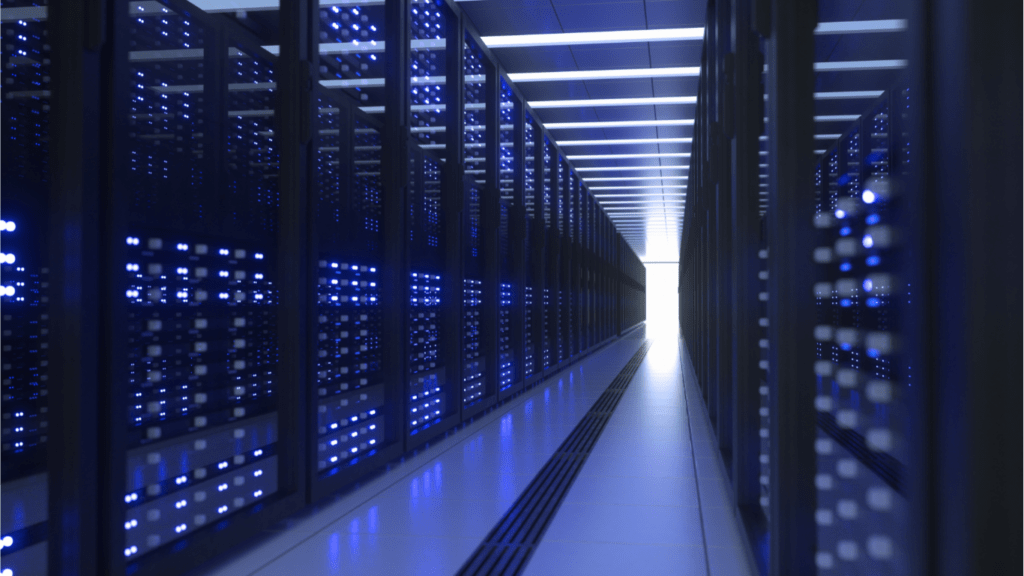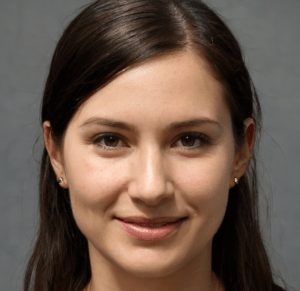The Intersection of Art and Big Data
Artists use big data to push the boundaries of traditional art forms. This emerging practice helps create unique experiences and narratives through data-driven art.
How Big Data Is Changing the Artistic Process
Big data allows artists to access vast amounts of information. I see artists leveraging social media data, climate datasets, and public records to inspire and shape their work.
Artists often use algorithms to process this data into visual formats, making it more comprehensible and meaningful. For instance, they might visualize social phenomena or environmental changes, offering audiences an engaging way to understand complex issues.
Types of Data Used in Creating Art
- Different data types serve as raw materials for artists. Social media trends reveal public sentiment and cultural dynamics.
- Environmental data tracks climate changes, pollution levels, and wildlife migrations.
- Public health records highlight issues like epidemics and mental health trends.
- Artists use these datasets to create visually compelling pieces that provoke thought and discussion.
- Each dataset provides a unique lens through which to view and interpret the world.
Prominent Artists in the Big Data Art Movement
Prominent artists are harnessing big data to reshape the art world. Their works highlight the intersection of data and creativity, offering unique visual experiences.
Refik Anadol: Visualizing Data into Dynamic Installations
Refik Anadol uses data to create dynamic installations. He processes vast datasets like weather patterns, social media activity, and urban movement.
Anadol’s “Melting Memories” visualizes brainwave data through mesmerizing digital sculptures. His work at the Walt Disney Concert Hall transforms sound data into immersive, fluid visuals. By translating complex data into tangible experiences, Anadol bridges the gap between the virtual and physical worlds, making data tangible and accessible.
R. Luke DuBois: Mapping Cultural Data Points
R. Luke DuBois maps cultural data to create thought-provoking art. He examines data from various sources like:
- music charts
- online profiles
- historical texts
DuBois’s “A More Perfect Union” project uses dating website data to map the cultural landscape of love in the US. His work “Hindsight is Always 20/20” reinterprets presidential State of the Union addresses by frequency of words. Through his mappings, DuBois unearths cultural narratives and patterns, offering audiences a deeper understanding of societal dynamics.
Techniques and Tools Used in Big Data Art
Artists leverage advanced techniques and tools to transform vast datasets into compelling art forms. These methods and technologies enable the creation of visually striking pieces that reveal intricate patterns and narratives.
Data Visualization Methods
Artists use various data visualization methods to interpret complex data. Heatmaps illustrate data density and trends through color variations. Scatter plots and line graphs depict relationships between variables and changes over time.
Word clouds emphasize the frequency of terms in textual data, with common words appearing larger. Infographics combine text, images, and icons to communicate insights efficiently.
Software and Technologies
Specialized software and technologies play a crucial role in big data art. Tools like Adobe Creative Suite enable the manipulation of graphics and imagery.
Processing.org offers a flexible platform for coding interactive art pieces. R and Python provide advanced statistical analysis capabilities through libraries such as ggplot2 and Matplotlib.
For handling large datasets, Hadoop and Spark offer robust frameworks. Tableau and D3.js allow for dynamic and interactive data visualizations.
These methods and technologies empower artists to explore, analyze, and present data in innovative ways, turning raw information into immersive and thought-provoking visual art.
Impact of Big Data on Artistic Expression and Audience Engagement

Big data transforms both how artists create art and how audiences engage with it. It enables new levels of personalization, interaction, and immersion.
Personalization of Art Experience
Artists use big data to create personalized art experiences for individual viewers. By analyzing user data like viewing history and preferences, artists can tailor exhibits to resonate more deeply. For instance, installations can adjust visual or auditory elements based on real-time audience feedback. Data-driven personalization makes each art encounter unique, enhancing emotional and intellectual connections.
Interaction and Immersion in Art
Big data also elevates audience interaction and immersion in art. Interactive installations use sensors and algorithms to respond to audience movements and actions.
This dynamic engagement blurs the line between observer and participant. Virtual reality (VR) and augmented reality (AR) technologies, powered by big data, create immersive environments where viewers can explore and influence art in unprecedented ways. These experiences are transformative, making art feel more alive and participatory.
Ethical Considerations in Big Data Art
Big data art raises unique ethical concerns. These issues span multiple facets, primarily focusing on privacy and representation.
Privacy Issues
Privacy concerns loom large in big data art. Artists using large datasets often source data from public and private records, which may include sensitive personal information.
I always ensure data anonymization to protect individuals’ privacy before incorporating it into my art. Without proper anonymization, intimate details may inadvertently become public, raising significant ethical issues. Artists need clear consent from data providers before using their information, especially when dealing with medical, financial, or personal data.
The Responsibility of Representation
Representation in big data art demands responsible handling. When translating data into visual or experiential forms, I strive to maintain accuracy and respect for the subjects represented.
Misrepresentation can perpetuate stereotypes and misinformation. For instance, bias in data collection or interpretation can result in art that reinforces societal prejudices.
I take meticulous care in selecting data sources and validating data integrity to avoid misrepresentation. Artists must also be transparent about their methods and the context of the data used, helping viewers understand and critically engage with the artwork.

 Anna Freehill, a key contributor to Avant Garde Artistry Hub, plays a vital role in shaping the platform’s vision. As an author and collaborator, she helps bridge the worlds of art and technology, offering insightful articles that guide artists through the rapidly evolving creative landscape. Anna’s dedication to highlighting art's therapeutic value has contributed to the platform’s focus on mental and emotional well-being through creative expression.
Her involvement in building Avant Garde Artistry Hub has been instrumental in providing valuable resources to artists seeking to enhance their careers. Whether through her writing on business strategies or her support in platform development, Anna is committed to fostering a space where artists can thrive and embrace the future of art.
Anna Freehill, a key contributor to Avant Garde Artistry Hub, plays a vital role in shaping the platform’s vision. As an author and collaborator, she helps bridge the worlds of art and technology, offering insightful articles that guide artists through the rapidly evolving creative landscape. Anna’s dedication to highlighting art's therapeutic value has contributed to the platform’s focus on mental and emotional well-being through creative expression.
Her involvement in building Avant Garde Artistry Hub has been instrumental in providing valuable resources to artists seeking to enhance their careers. Whether through her writing on business strategies or her support in platform development, Anna is committed to fostering a space where artists can thrive and embrace the future of art.